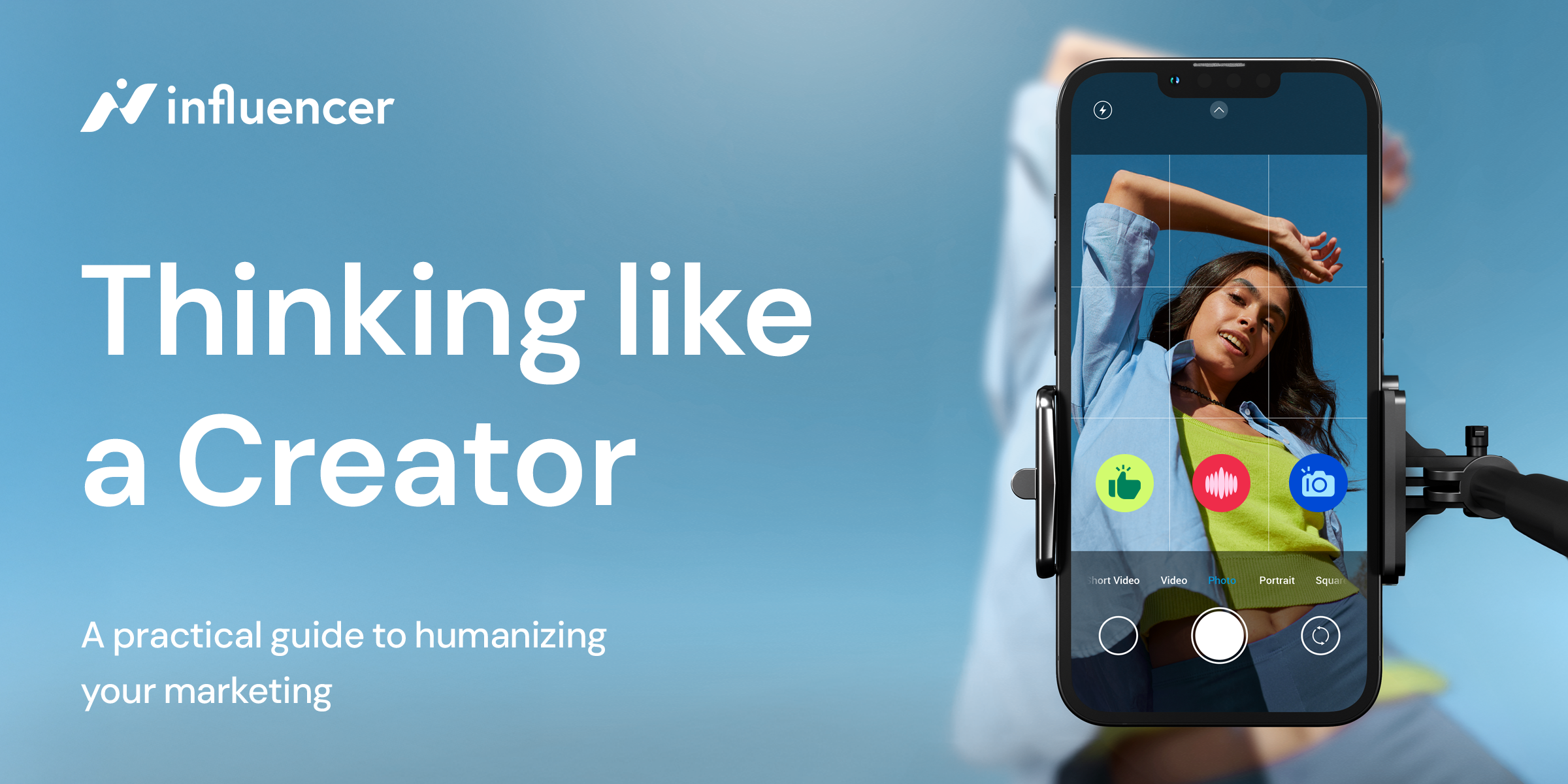
Brands have been using influential public figures to endorse and promote their products for decades – long before the dot-com boom and the subsequent advent of social media platforms. A moment’s thought yields dozens of examples. Footballers David Beckham and Freddie Ljungberg for Calvin Klein, arguable tennis GOAT Roger Federer for shaving brand Gillette, and Jennifer Anniston for Windows 95, Diet Coke, and Smartwater, are just a few cases where household-name celebrities have used their reputations to enhance the prestige of brands they opt to work with.
One example of celebrity endorsement stands head and shoulders above the rest (no, not the toiletry brand Head & Shoulders – although that has also been endorsed by Sofia Vergara of Modern Family fame, and Joe Hart of England and Manchester City notoriety). It’s estimated that the former boxer George Foreman has made about $200 million through his endorsements of the Lean Mean Fat-Reducing Grilling Machine, first released in 1994. Foreman has become so closely associated with the product that his name is now eponymous with it, now usually known simply as the George Foreman Grill. Such is the power of celebrity endorsement as a marketing tactic.
Traditional celebrity endorsement still exists and is still widely practiced by brands – especially established brands with cash to spend and a reputation to maintain. The rise of social media platforms in the last two or so decades, however, has added a new cohort of influential people to the marketing mix. The large followings that social media platforms have enabled regular consumers to amass have been viewed with equivalent, or even greater, potential to celebrities by companies. These individuals, like traditional celebrities, are understood by companies to be able to exert comparative influence over their followers’ market decisions.
Hence in our lifetimes, we have witnessed the birth of influencer marketing, similar in spirit to celebrity endorsement and social proof as marketing tactics, but not exactly the same. Influencer marketing is a relatively new phenomenon. The social media platforms and apps such as YouTube, Instagram, and TikTok that content creators use, were not originally created and launched with the sole possibility of influencer marketing in mind. Influencer marketing was instead born from entrepreneurial opportunism, as brands and the marketers that work for them have seized upon the chance to place their products on people’s reels, feeds, and timelines in prime position, by associating them with individuals who run social media pages popular among given demographics.

Social media platforms themselves are still fairly new to the world, and more crop up pretty regularly. These platforms were not designed specifically for influencer marketers or influencer marketing. Influencer marketers looking to leverage the commercial opportunities provided by people who have audiences big or small that are relevant to brands’ products have therefore had to manage their campaigns using an array of software, much of which is not exactly fit for purpose.
Planning, launching, and reporting on influencer marketing campaigns across so many different programs can quickly become a headache, especially as more and more creators are added to the mix. Since social media platforms were built with individual consumers rather than professional influencer marketers in mind, they do not come with multifaceted campaign management tools.
Much of influencer marketing to date has therefore been admirably chaotic. Researching and recording which influencers are suitable for their purposes using tools like Excel and Google Sheets, approaching them via the social media platforms’ private messaging tools or via ESPs and CRMs, scheduling posts in-app or through tools like Hootsuite, and trying to find accurate ways of measuring the impact of campaigns using combinations of app analytics or Google Analytics, have all comprised the procedural status quo of the 21st century influencer marketer’s professional life.
However, there are software tools emerging that have been designed to ease some of the chaotic pain influencer marketers have to endure when running their campaigns at present – and especially when they amplify them at scale. It is not so much of a hassle running a small influencer marketing campaign involving only a handful of individuals, social media platforms, and tools, but once the numbers get into the dozens, let alone the hundreds, things can get out of control fast. Influencer marketing has proven successful for many brands, and witnessing positive results has encouraged businesses to increase the scale at which they’re run. Marketers have thus been crying out for tools that centralise planning, launching, and reporting on influencer marketing campaigns for a long time.
Thankfully, there are now tools available to help influencer marketers increase the scale of their campaigns with less of the chaos and stress. Influencer’s Waves platform, for example, enables marketers and influencers to collaborate on creative assets together at the planning stage of campaigns, providing feedback and marking for approval posts, followed by scheduling and monitoring. Within the platform, success metrics can be selected, and campaigns can then be launched and optimised across several social media platforms including Instagram, TikTok, and YouTube. Waves, therefore, offers marketers and creators one centralised place where campaigns can be collaboratively planned, activated, monitored, and optimised.
Finally, Waves also offers marketers the ability to view content and creator performance metrics, compiling all the usual suspects like impressions, reach, views, and engagement rate, as well as Influencer’s very own impact rate. Scaling influencer marketing campaigns has not been easy. Until now, the fact that social media platforms, content management tools, and planning software were not built with the specific responsibilities of influencer marketers in mind has forced influencer marketers to improvise and make do with what they’ve got. Influencer marketers have needed purpose-built campaign management software for a while, and Waves will help marketers scale their influencer campaigns with less of the hassle and stress of before.
More resources

New Creator Economy report urges brands to think like Creators - or risk being left behind.
Let’s work together

Let’s work together

Let’s work together

Let’s work together

Let’s work together

Let’s work together

Let’s work together

Let’s work together

Let’s work together

Let’s work together

Let’s work together

Let’s work together

Let’s work together

Let’s work together

Let’s work together

Let’s work together

Let’s work together

Let’s work together

Let’s work together

Let’s work together

Let’s work together

Let’s work together

Let’s work together

Let’s work together

Let’s work together

Let’s work together

Let’s work together

Let’s work together

Let’s work together

Let’s work together

Let’s work together

Let’s work together




